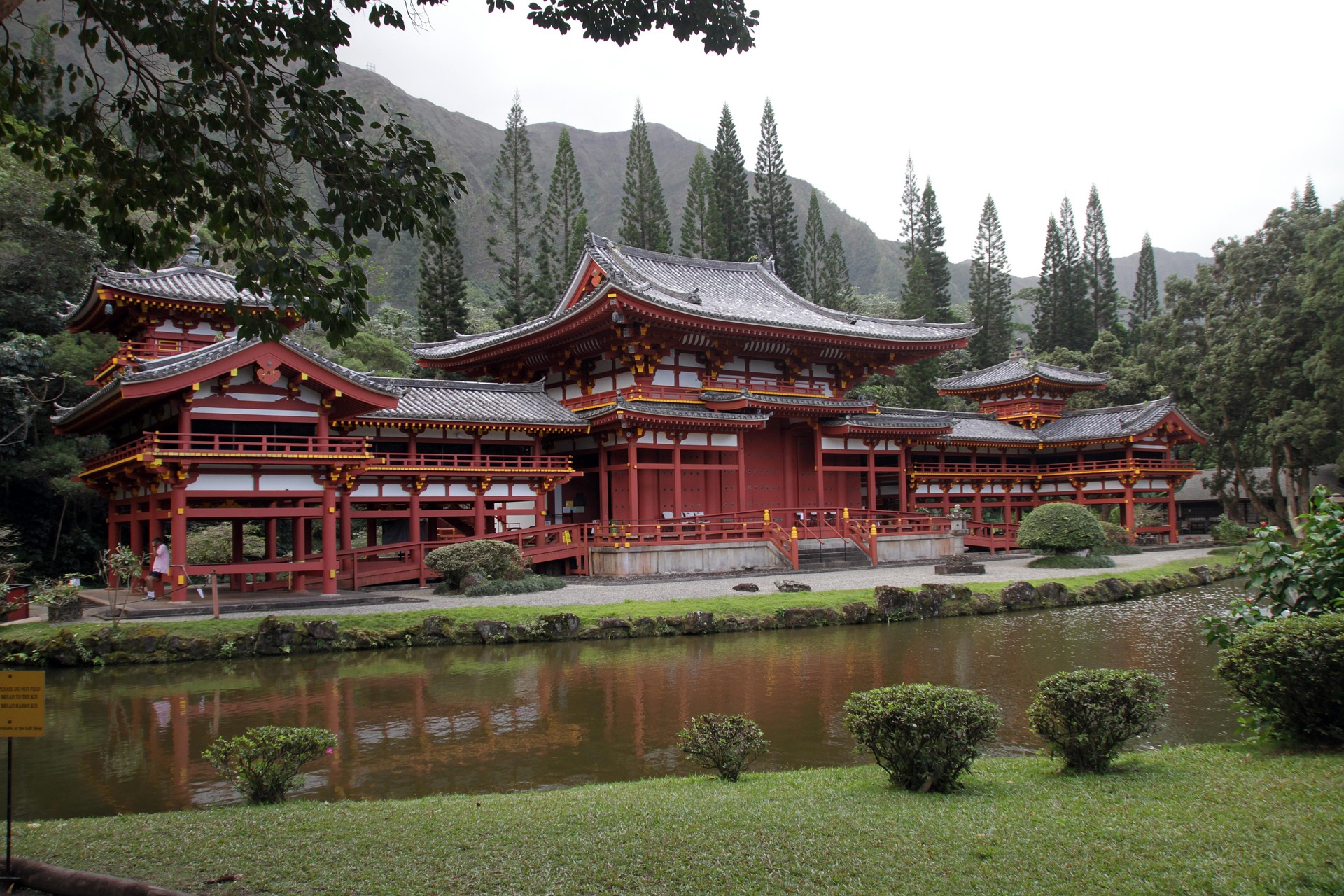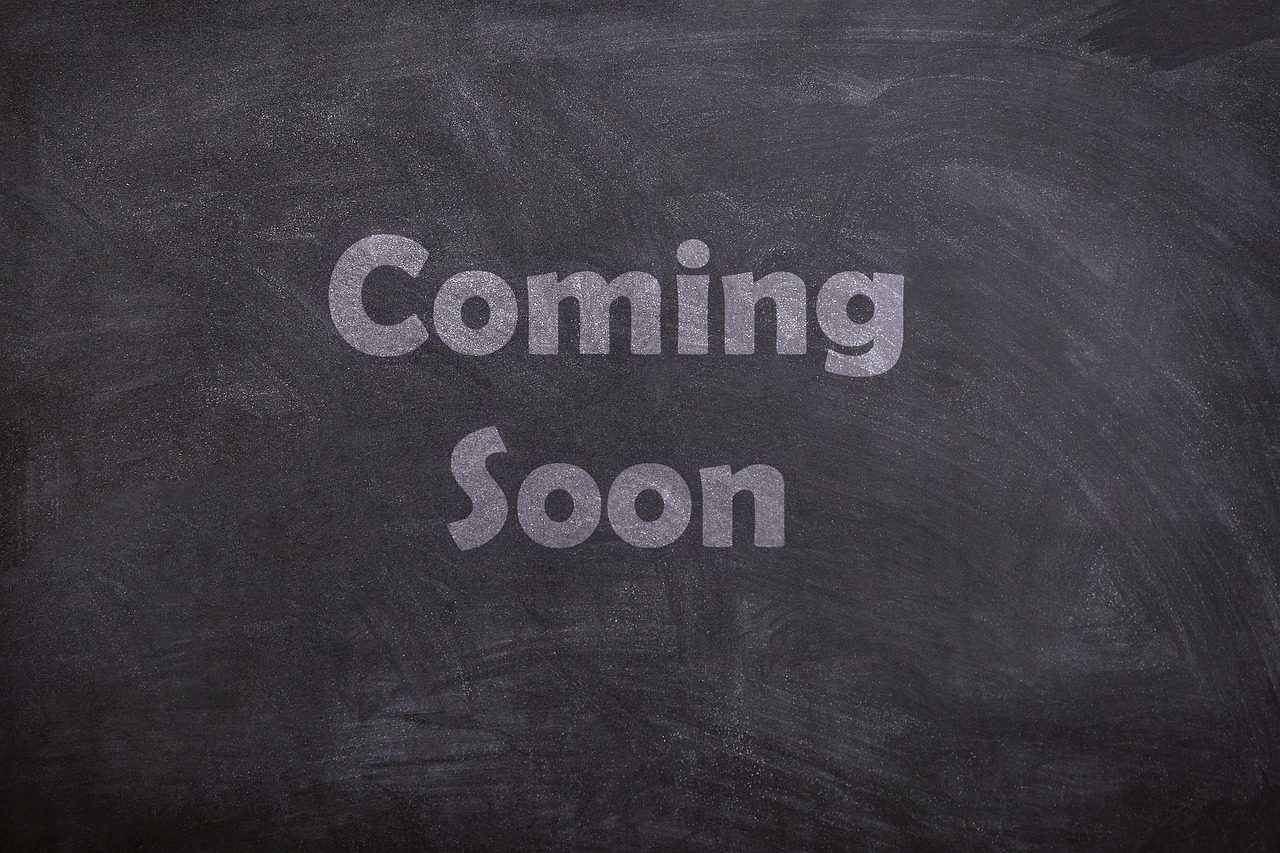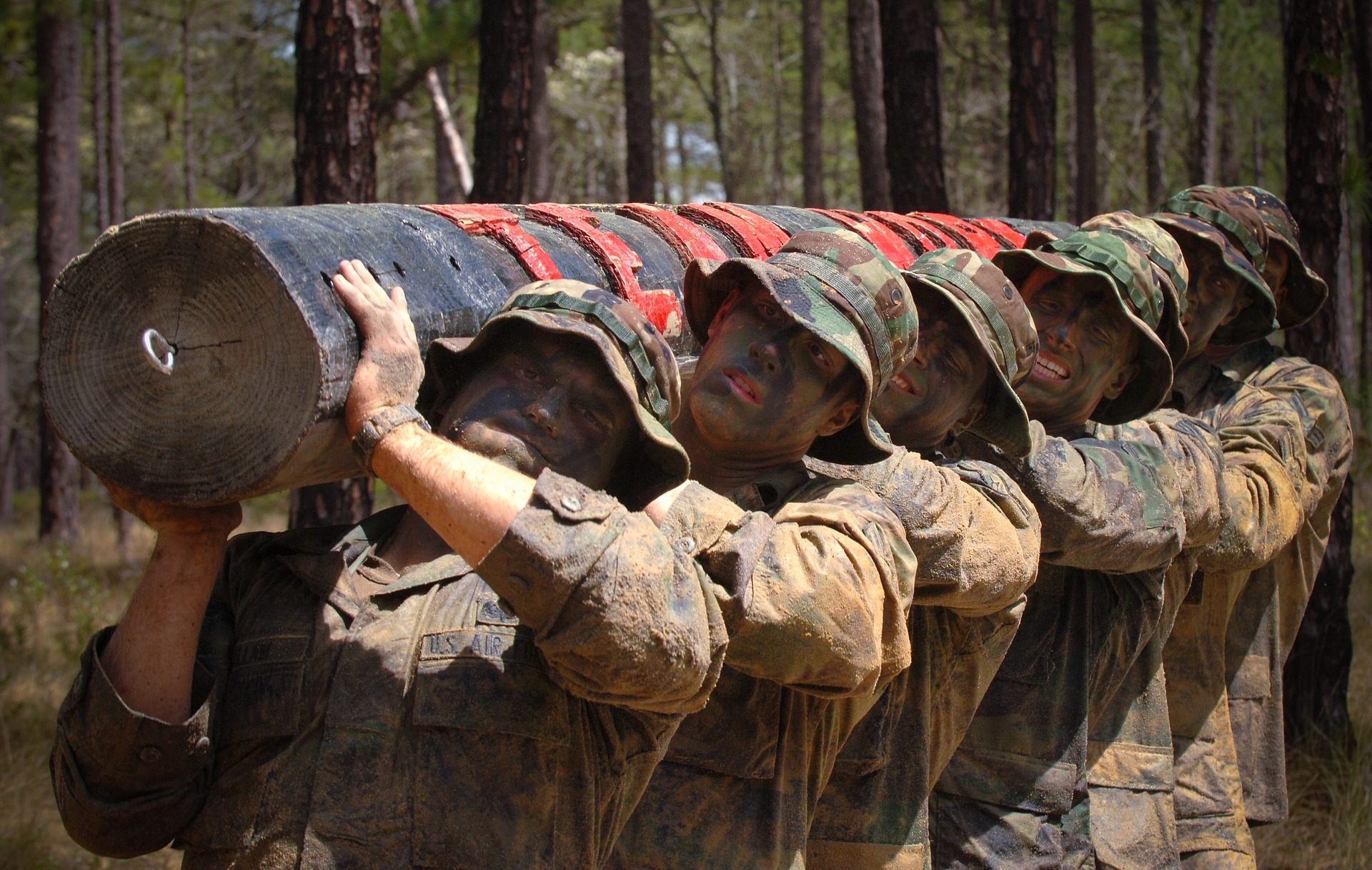Hawai‘i holds a unique place in the history of martial arts, acting as a vibrant crossroads where Eastern traditions met Western ideas, and new systems of combat were born. The islands’ strategic location and rich cultural diversity created fertile ground for the exchange, adaptation, and evolution of martial arts—most notably Karate, Jujutsu, Kenpo, and later, Kajukenbo.
Early Influences: Immigration and Integration
The roots of martial arts in Hawai‘i can be traced back to the late 1800s and early 1900s when a wave of Asian immigrants—primarily from Japan, China, Korea, and the Philippines—arrived to work on sugar plantations. These workers brought with them their native fighting arts, including Japanese Jujutsu, Chinese Kung Fu, Filipino Eskrima, and Okinawan Karate. While initially practiced in private and within ethnic communities, these arts gradually began to influence one another through informal exchanges and cultural integration.
The Rise of Karate and Jujutsu in Hawai‘i
Japanese martial arts, particularly Jujutsu and later Judo and Karate, gained popularity in the early 20th century. Schools, or dojos, began forming around the islands, often led by Japanese masters or students of major instructors on the mainland. Gichin Funakoshi’s influence, the founder of Shotokan Karate, eventually reached the islands, and his teachings laid the groundwork for the growth of traditional Karate throughout Hawai‘i.
During the pre-war and post-war periods, martial arts in Hawai‘i flourished, becoming more accessible to non-Japanese students. The U.S. military presence and its integration with local communities also exposed more individuals to martial arts, helping to foster a new generation of practitioners.
The Birth of Kenpo and Kajukenbo
One of the most influential martial arts systems developed in Hawai‘i is Kenpo, specifically Hawaiian Kenpo and Karazenpo Go Shinjutsu, which emerged as practical systems adapted for self-defense on the streets. Perhaps even more well-known is Kajukenbo, created in the late 1940s in the Palama Settlement of Oʻahu. Kajukenbo was the brainchild of five martial artists—Adriano Emperado (Kenpo), Peter Choo (Karate), Frank Ordonez (Judo), Joe Holck (Jujutsu), and Clarence Chang (Kung Fu)—who sought to create a hybrid system that combined the most effective elements of their respective arts.
Kajukenbo was tested and forged in real-life altercations, earning a reputation as one of the most practical and effective self-defense systems of its time. Its street-proven philosophy and emphasis on adaptability set it apart, and it is still practiced worldwide.
A Legacy of Innovation and Cultural Pride
Martial arts in Hawai‘i is more than physical skill—it represents a cultural legacy of adaptation, resilience, and respect. The local martial arts scene has remained deeply rooted while constantly evolving. Today, Hawai‘i is home to hundreds of dojos and martial arts academies, which preserve traditional styles and nurture new generations of hybrid systems.
Multi-cultural Adaptation
The history of Karate and martial arts in Hawai‘i reflects the islands’ spirit—diverse, adaptive, and deeply rooted in cultural respect. From plantation workers practicing in secret to modern schools promoting discipline and unity, martial arts in Hawai‘i continues to thrive as a symbol of identity, strength, and innovation.



